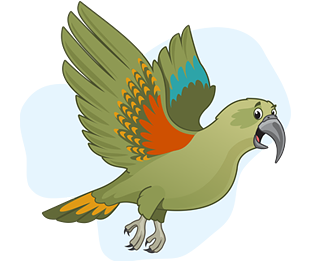
Pekapeka (bats) are the only living land mammal native to New Zealand.
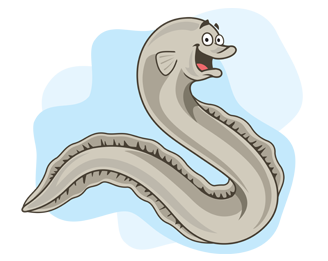
Māui dolphins are the smallest species of dolphin in the world.
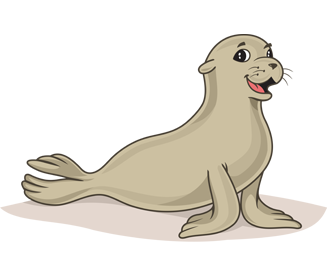
Hamilton’s frogs do not croak.
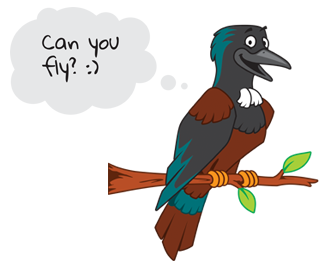
Tuatara have been around since the dinosaurs.
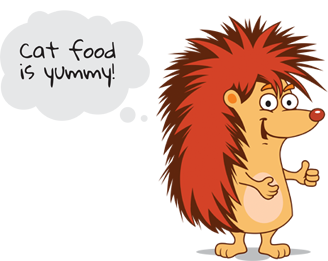
Possums care for their babies in their pouch for about 4-5 months.
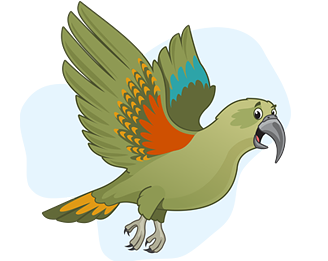
Piwakawaka use their broad tails to help them change directions quickly while in the air to catch insects.
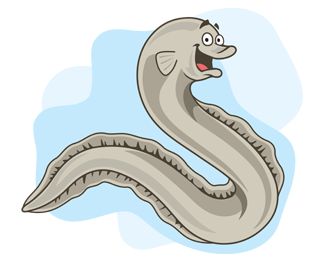
Weka love shiny objects.
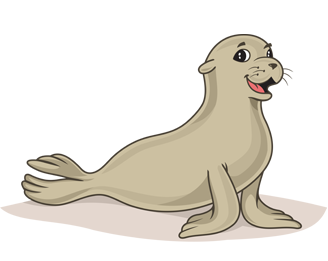
Little Blue Penguins have an average depth dive of 5-14 metres.
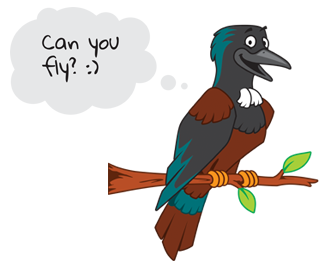
New Zealand is home to the only bird in the world that has their nostrils on the end of their beak – the kiwi.
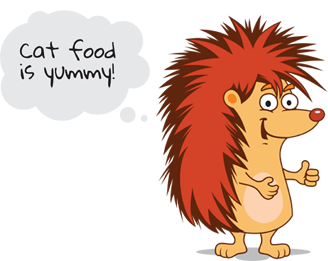
New Zealand sea lions usually dive about 130 metres to fish, though they are capable of diving an incredible 600 metres.
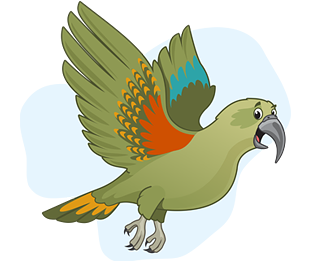
Tuatara can live to be over 100 years old.
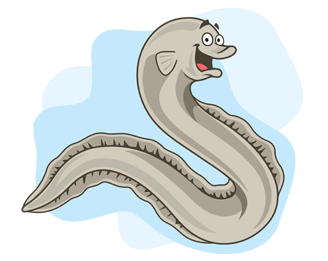
Of all the parrot species in the world, kākāpō are the heaviest.

Pūkeko are great swimmers, even though they don’t have webbed feet!
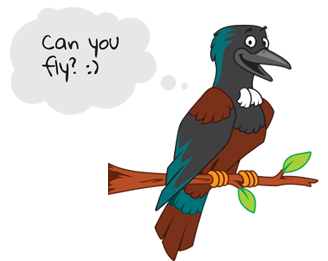
Kārearea, or New Zealand falcons, are fast flyers and are able to reach speeds of over 100 km/h.
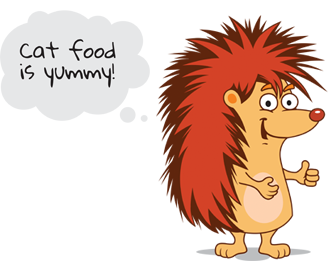
The rarest native fish in New Zealand is the lowland longjaw galaxias.
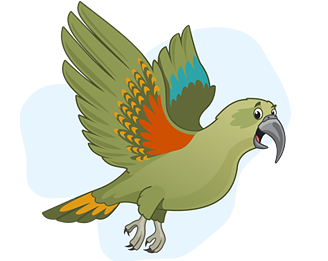
The extinct South Island giant moa measured up to 2 metres high at the back, and could reach about 3.6 metres off the ground, making them the tallest bird species known!
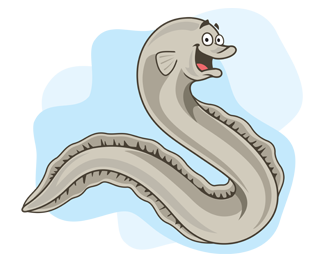
Geckos are unable to blink so they have to lick their eyes to prevent them from becoming too dry.





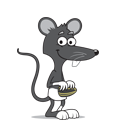



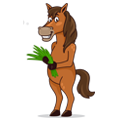




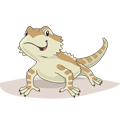


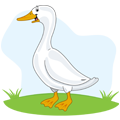
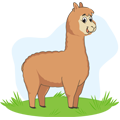
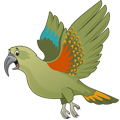
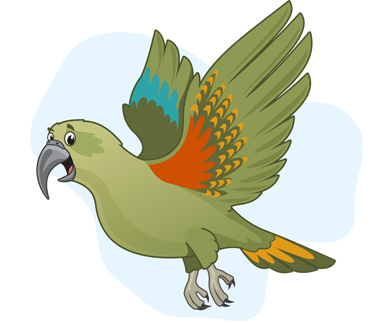
 Urban, Backyard, and Garden
Learn more
Urban, Backyard, and Garden
Learn more
 Forest and Bush
Learn more
Forest and Bush
Learn more
 Ocean, Coastal and Beaches
Learn more
Ocean, Coastal and Beaches
Learn more
 Freshwater and Wetlands
Learn more
Freshwater and Wetlands
Learn more
 Alpine
Learn more
Alpine
Learn more


